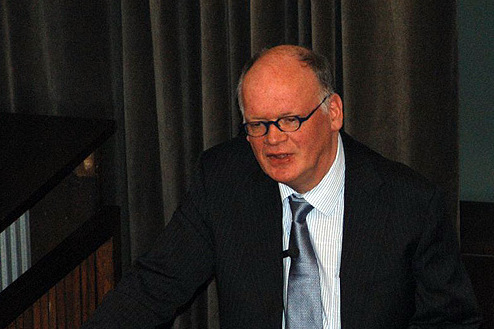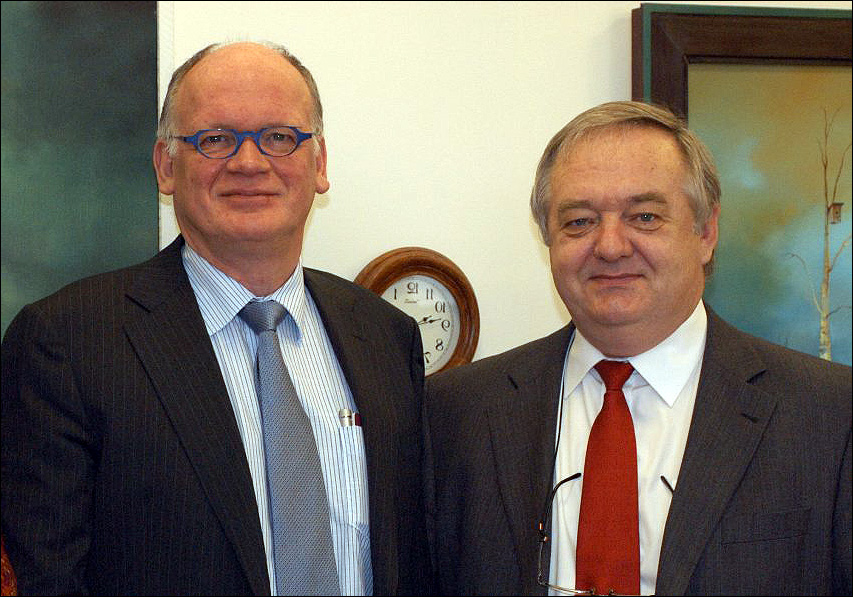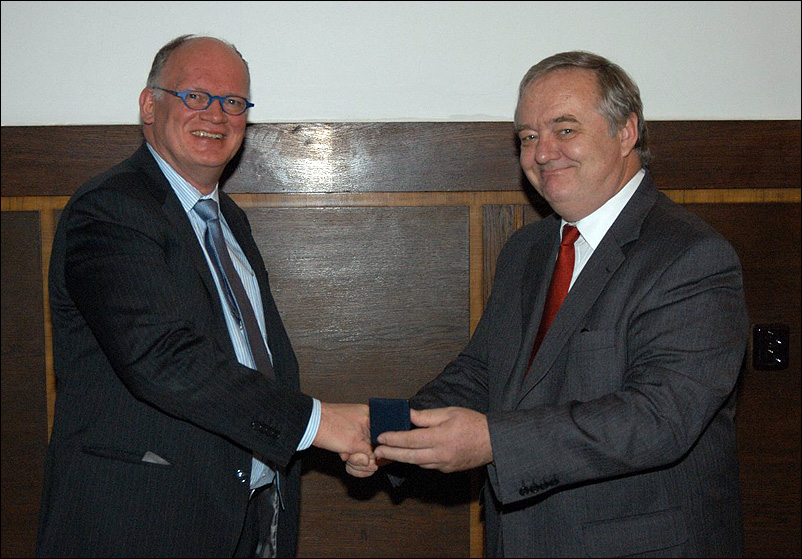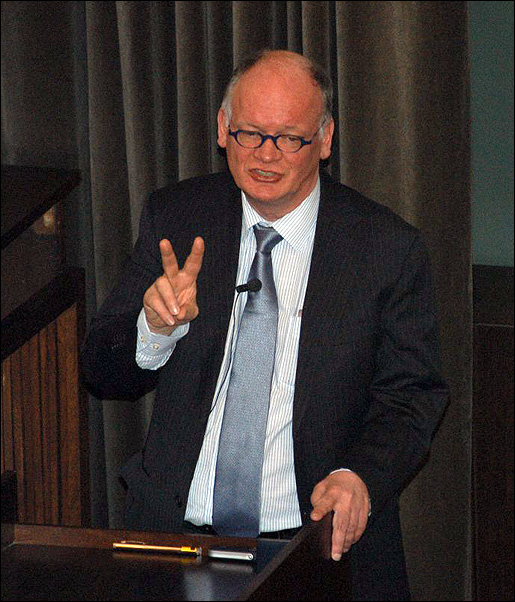
Prof. Aalt Bast (University of Maastricht, Netherlands)
Antioxidants as Drugs
Abstract
Oxidants play role in many diseases. It is therefore not a complete surprise that many registered drugs have an antioxidant action which may contribute to their pharmacological activity. Some examples are calcium antagonists, β-adrenoceptor antagonists, antiarrhythmic drugs and statins which are used in the treatment of cardiovascular diseases. Interestingly some cardiovascular drugs have been designed as good antioxidants to endow them with additional pharmacological activity. Quarternary ammonium analogs of α-tocopherol for example have been studied as anti-ischemic compounds. The antioxidant β-blocker carvedilol has broad clinical application in the treatment of heart failure. We have investigated the possible use of the antioxidant flavonoid 7-monohydroxyethylrutoside in the prevention of the cardiotoxicity which is induced by the antitumour agent doxorubicin.1 Comparing several flavonoids showed that this class of compounds also attenuates inflammatory responses by inhibiting the formation of cytokines.2 The two drugs that currently have the most promising activity in lung fibrosis are compounds with antioxidant activity i.e. N-acetylcystein and pirfenidone. Both compounds have clinical efficacy. N-acetylcystein is a precursor for glutathione. In fact glutathione is increased in lung epithelial lining fluid after treatment with N-acetylcystein. The antifibrotic drug pirfenidone down-regulates the expression of cytokines involved in the onset and development of pulmonary fibrosis. We recently found that the superoxide anionradicals form a fibrotic trigger. It is suggested that chloride channels form the port of entry for superoxide anion radicals which may give the formation of TGF-β in lung fibroblasts.3
Also in non-alcoholic steatohepatosis (NASH), which is mainly a consequence of a fatty liver, intracellularly formed superoxide radicals play a role in the etiology of the disease. We recently demonstrated that cytochrome P450 2E1, which is induced in NASH, is triggered to produce superoxide radicals. It might be debated which antioxidant drugs should be used to prevent this oxidase activity of CYP2E1.
It can be discussed whether we should use antioxidant drugs or antioxidant food or food-derived components to mitigate oxidative stress. An interesting example to illustrate this is the treatment and prevention of oxidative stress associated with diabetes. Treatment with lipoic acid4 or with a polyol food constituent erythritol5 might be considered.
References
- A. Bast, G.R.M.M. Haenen, A.M.E. Bruynzeel, W.J.F. van der Vijgh. Protection by flavonoids against anthracycline cardiotoxicity: from chemistry to clinical trials. Cardiovasc. Toxicol. 2007, 7, 154-159.
- A.R. Weseler, L. Geraets, H.J. Moonen, R.J. Manders, L.J. van Loon, H.J. Pennings, E.F. Wouters, A. Bast, G.J. Hageman. Poly(ADP-ribose)polymerase-1-inhibiting flavonoids attenuate cytokine release in blood from male patients with chronic obstructive pulmonary disease or type 2 diabetes. J. Nutr. 2009, 139, 952-957.
- S. Qi, G.J.M. den Hartog, A. Bast. Superoxide radicals increase transforming growth factor-beta 1 and collagen release from human lung fibroblasts via cellular influx through chloride channels. Toxicol. Appl. Pharmacol. 2009, 237, 111-118.
- G.Ph. Biewenga, G.R.M.M. Haenen, A. Bast. The pharmacology of the antioxidant lipoic acid. Gen. Pharmacol. 1997, 29, 315-331.
- G.J.M. den Hartog, A.W. Boots, A. Adam-Perrot, F. Brouns, I.W.C.M. Verkooijen, A.R. Weseler, G.R.M.M. Haenen, A. Bast. Erythritol is a sweet antioxidant. Nutrition (in press).






